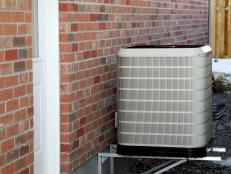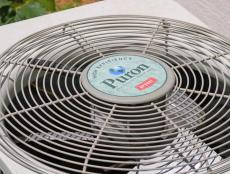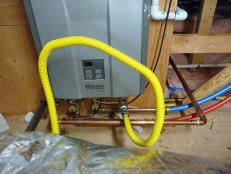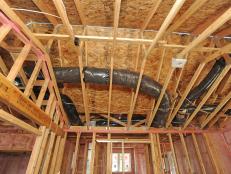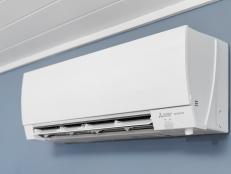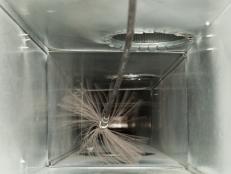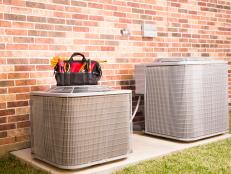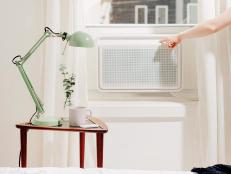Alternative HVAC Systems
- Replacing a furnace or air conditioning system not doing it for you?
- Had about enough of the system maintenance and have cleaned coils, changed out air filters and sealed ducts quite enough for one lifetime?
- Solar and geothermal heating seem too pricey?
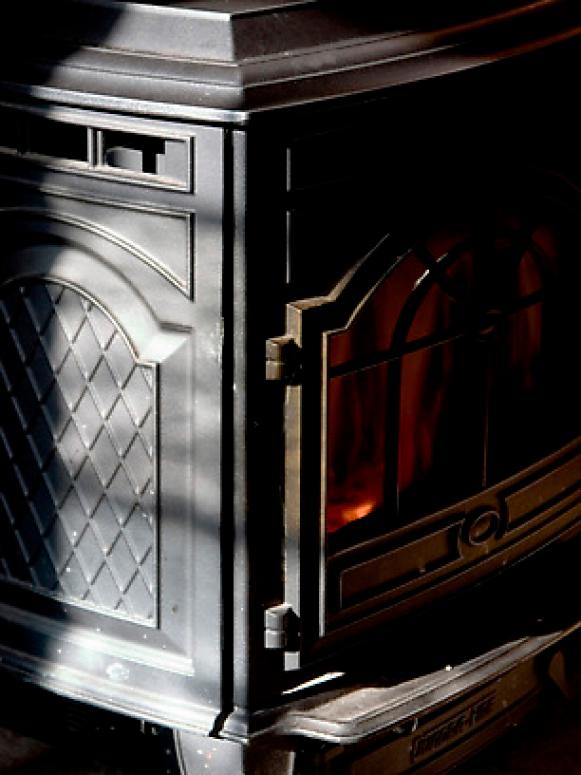
Pellet Stoves and Furnaces
Many today opt to heat with wood stoves, wood-fired boilers, and wood pellets, which are made from compacted sawdust, wood chips, bark, agricultural crop waste, waste paper and other organic materials.
Standalone wood stoves and wood pellet stoves are used primarily as space heaters, and wood pellet stoves can be direct-vented to the exterior. Wood pellets have the advantage of burning cleaner, and those with pellet stoves can save significantly versus heating with gas, propane or oil.
There are also wood pellet furnaces and boilers that use large hoppers to automatically dispense the wood pellets. According to the Department of Energy, it's also important to use a properly sized appliance for the space to be heated. When an appliance is too big, residents tend to burn fires at a low smolder to avoid overheating, which wastes fuel and is one of the biggest causes of air pollution.
A reputable dealer should talk with you about size requirements, but a good rule-of-thumb is that a stove rated at 60,000 British thermal units (Btu) can heat a 2,000-square-foot home, while a stove rated at 42,000 Btu can heat a 1,300 square foot space. Most pellet stoves cost between $1,700 and $3,000; furnaces and boilers can cost more, and most homeowners who use a pellet appliance as a main source of heat use two to three tons of pellet fuel per year.
Keep in mind, that you'll still need electricity to run a pellet stove or boiler. The hopper won't work without it.
Other Useful Alternatives
Architect Robert Brown Butler, author of the book Architecture Laid Bare: In Shades of Green, offers several alternative ideas to traditional heating and cooling methods that could make a big difference in your home.
Thermal Massing
You can "passively" heat a home by allowing sunlight to enter during the winter and warm a concrete or tile wall or floor. Concrete is an exceptional thermal mass, because it collects heat and slowly releases it through the day and night. This is also why concrete-embedded in-floor radiant heat systems work so well. Butler says to concentrate thermal masses along the inside spine of a house, and not on the exterior walls where heat is easily lost.
Heat Pumps for All?
You could have sun shining on one side of a house, and one room could need cooling, while another needs heating. What's a central heating or cooling system to do? Butler says it may be best, in some situations, to place separate units like heat pumps in various rooms, so you can heat and cool appropriately.
Electric Baseboard
Butler says if you have electric baseboard heat, see if you can locate it a few inches from the wall and floor, using wood blocks. This creates a convective air loop below and behind the heater, which carries air into the heated space before it’s lost to air leaks in the exterior walls.
Think Inside Out
If you're renovating extensively or building an addition, think about locating heating elements or ducts on the inside walls rather than the outside walls, where 20 percent of heat energy can be lost. This can also reduce expenses in ductwork and energy—and is best for homes or structures that are super-tight and heavily insulated. It can create temperature imbalances in drafty homes, says Butler.
Thermal Chimney
If you have a tall or cathedral ceiling and can add a skylight, locate a ceiling fan that can reverse its direction beneath it. In warmer months, set the ceiling fan to draw air up and out of the skylight, and you can effectively cool a space. Add temperature sensors, and you may be able to do this automatically.
Paint that Roof
Butler reports that his upstairs bedrooms were hot in the summer, so he painted his roof white and now they are much cooler. Dark roofs collect heat and make your house hotter. If you’re reroofing and live in a hot climate, consider light-colored roofing materials.






